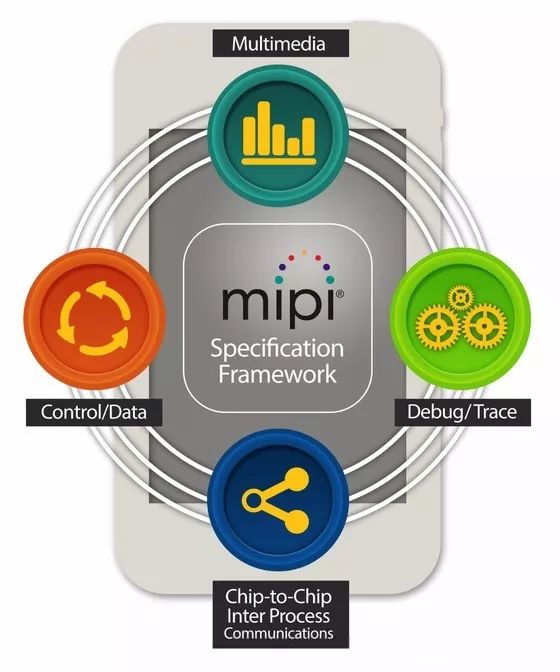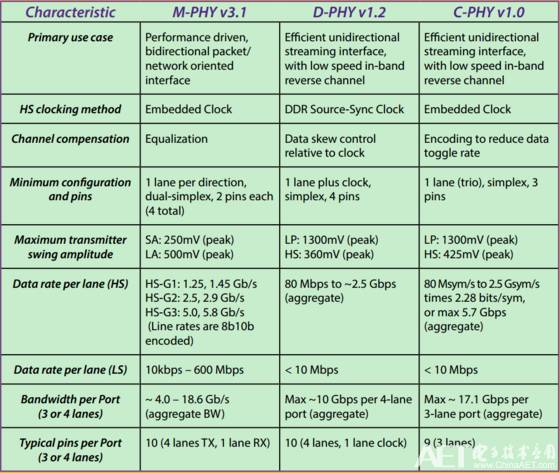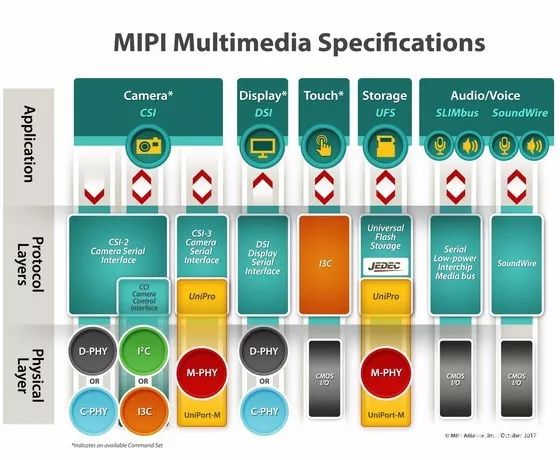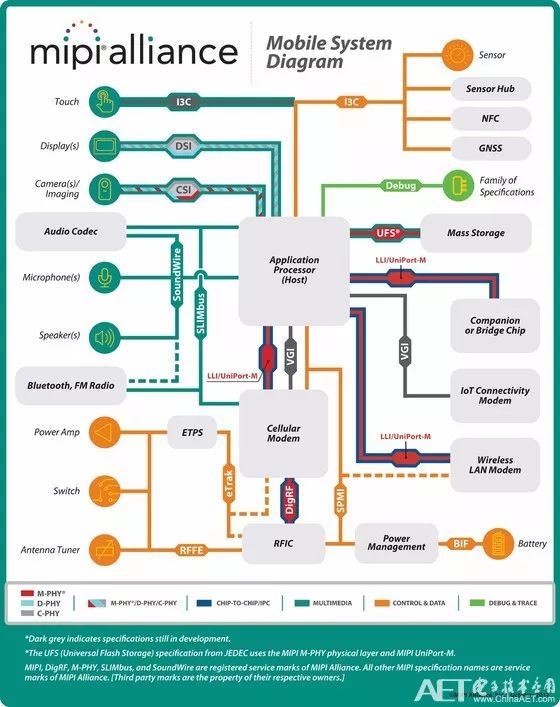Table of Contents: http://blog.chinaaet.com/justlxy/p/5100052503
MIPI stands for Mobile Industry Processor Interface. The MIPI protocol was introduced to address the growing demand for high-definition image (video) transmission with high bandwidth requirements, while resolving the conflicts with the low-speed rates of traditional interfaces. It aims to provide a unified standard for the entire industry, thereby shortening the product development cycle and enhancing compatibility between products from different manufacturers. In other words, the MIPI protocol is an open standard and specification initiated by the MIPI Alliance for mobile application processors.
MIPI was initially proposed by Intel, Motorola, Nokia, NXP, Samsung, ST, and TI (now members of the Alliance Board). As major players such as ARM, Apple, Lattice, ADI, TOSHIBA, Cadence, Dell, Google, and Hisilicon joined, the MIPI protocol gradually gained recognition and acceptance in the industry. Today, the MIPI protocol is widely used in various embedded imaging devices, such as smartphones, VR, smart TVs, smart wearables, and ADAS systems.
At its inception, the MIPI protocol mainly had two applications: CSI (Camera Serial Interface) and DSI (Display Serial Interface). These two protocols share a physical layer protocol called D-PHY. The DSI protocol also involves other top-level protocols, such as DPI (Display Pixel Interface), DBI (Display Bus Interface), and DCS (Display Command Set). Among these, the most widely used version of the CSI protocol is its second version—CSI-2, which aims to provide a high-speed serial interface between high-definition cameras and application processors. For example, the CSI protocol is used between the camera and CPU in current smartphones. The DSI protocol aims to provide a high-speed serial interface between application processors and display devices; for instance, the DSI interface is used between the CPU and LCD (liquid crystal display) in smartphones.

However, with the development of the MIPI Alliance, not only are CSI and DSI continuously updated, but new physical layer protocols have also been introduced, such as M-PHY and C-PHY. Currently, D-PHY has been updated to v1.2, M-PHY to v3.1, and C-PHY to v1.0. The main differences among these three protocols are as follows:

Taking smartphones (or multimedia systems) as an example, the main application directions of the three physical layers are shown in the figure below:


Subsequent blog posts will provide detailed introductions to the D-PHY protocol, CSI-2 protocol, and DSI protocol. If you are also interested in the C-PHY and M-PHY protocols, you can visit the MIPI official website for more information: https://www.mipi.org/

